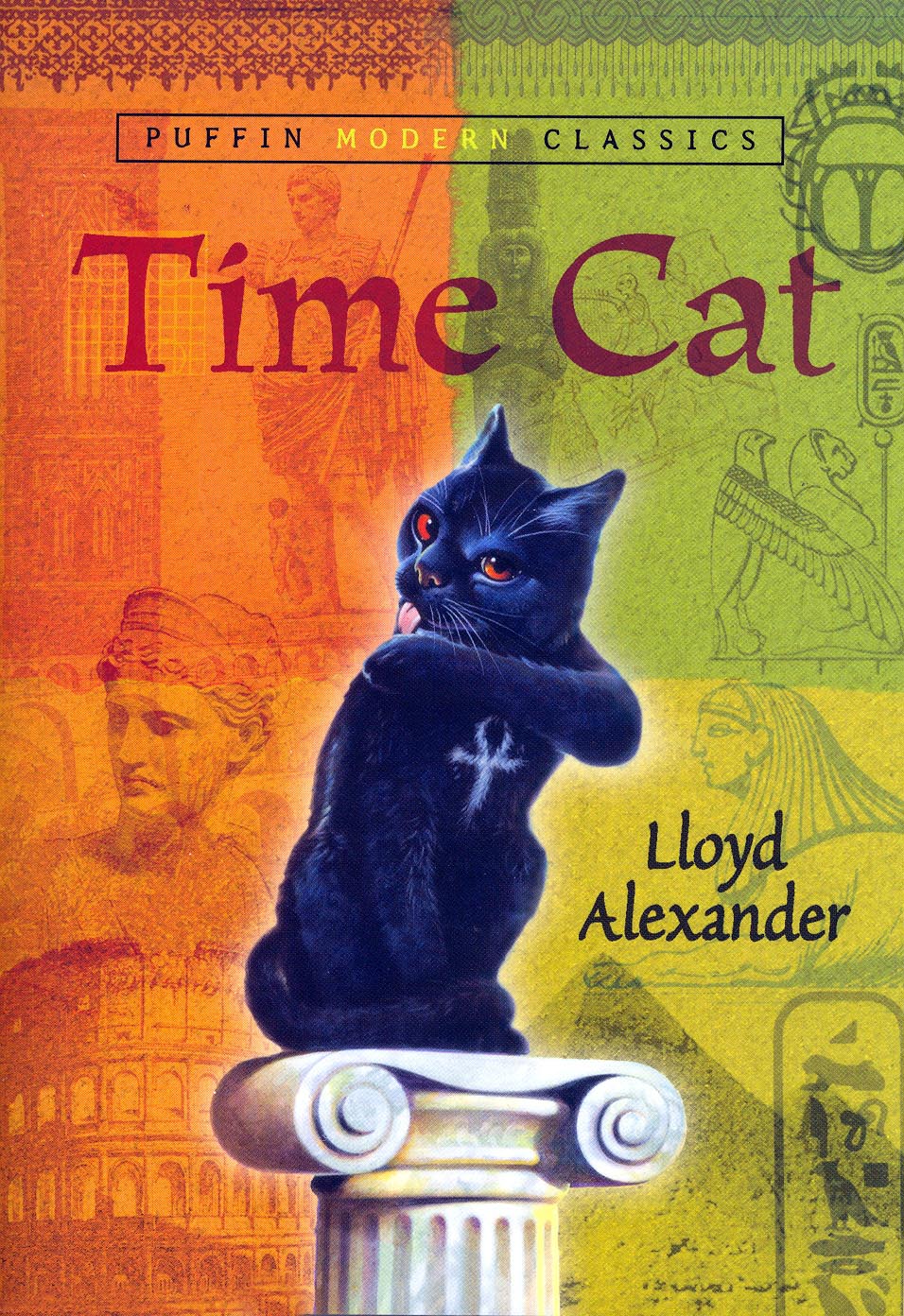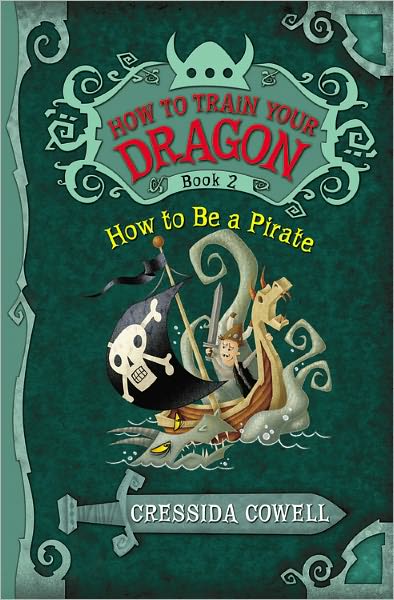
Time Cat
By Lloyd Alexander
3 Out of 5 Covers
Time Cat was the
first book published by Lloyd Alexander, who went on to have a long and
distinguished career in children’s literature, including being awarded the
Newberry. The inspiration for the novel
came from the observation that cats not only come and go at will, but can seem
to disappear and reappear. What if when
the disappear, they actually travel through time? One cat, Gareth, takes his owner, Jason, on a
journey through history to visit places such as Egypt, Rome, Ireland, Japan,
Italy, Peru, Germany and America.
In covering so much ground, each visit is very short; essentially
this is a novel of short stories. This
brevity only allows for a taste of the history and culture of each location,
and some interested the author more than others. The particular stand out is Ireland, where
the research that went in to that section later inspired Alexander’s Prydain
Chronicles.
These brief visits only allow for a quick set-up and
resolution, resulting in a feeling that the reader has merely arrived at a new
location before we are off again. The
rapidity is emphasized by the fact that the protagonists don’t change
throughout. There is no initial problem
that led to the journey; it was the whim of that cat to take a human
along. And then they come back at the
exact same time as pretty much the same people.
Having characters progress is an essential element of storytelling. Not that there wasn’t any progression, it was
merely isolated to the characters in each time period.
While I found the brevity to be a flaw, Alexander does bring
each setting to life. This is obviously
well researched and meant to have a true educational aspect.
The prose does bear the marks of a beginner’s effort. It takes a lot of work to become a
publishable author, and from publishable to a great author. It is interesting to see the initial steps of
a writer’s journey and gives hope to this aspiring writer.


